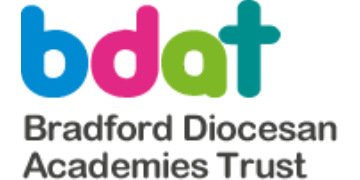Schools have “some distance to go” to make the best use of available technology, a new government research report has found.
The Department for Education (DfE) has today published ‘Exploring digital maturity in schools’, which found fewer than one in ten schools were classified as “digitally mature”.
However, the study found no “clear evidence” of a relationship between a school’s level of digital maturity and pupil attainment.
The research found that those with the highest digital capabilities tended to be schools in urban areas and secondary academies. While rural, primary and local authority maintained schools lagged behind.
Are schools digitally mature?
Researchers aimed to establish a hierarchy of technology use in schools to develop a metric to measure their “digital maturity”.
The study is based on over 650 responses to last year’s Education Technology Survey, and judged schools on three pillars which contributed to digital maturity – technology, capability and strategy.

According to that metric, just nine per cent of schools were classified as being digitally mature.
Almost a third of schools, 31 per cent, had put “a few fundamentals in place”, but were classed as having a “low digital maturity”.
The majority of schools – 60 per cent – were found to be “somewhere in the middle”.
“This indicates that there is some distance to go before schools are making the best use of technology available.”
Further analysis found that “low digitally mature schools were more likely to be in rural areas, primary phase, local authority-maintained schools or with a ‘good’ Ofsted rating”.
In contrast, schools with high digital maturity were “more likely to be in urban areas, or secondary academies”.

While the metric was said to be a useful tool in assessing schools’ progress in using and implementing technology, the report acknowledged “methodological limitations” and warned further research was needed to construct a measure that is “both valid and reliable”.
Low digitally mature schools flagged budgets and funding as a challenge when investing in new technology – with a few stating they believe their staff lacked the confidence to drive technology use in school.
Where schools were deciding to invest in technology this was mainly due to a need to upgrade current infrastructure, enhance learning practices or in response to the support remote education due to Covid.
No link between digital maturity and attainment
Researchers also attempted to investigate the relationship between a school’s ‘digital maturity’ and its pupil attainment.
At key stage 4 there was no correlation between any of the maturity pillars and attainment measures. This is likely due to the analysis being based on just 146 secondary schools, the report said.
Similarly, at key stage 2, the research found that none of the correlations were large enough to provide “robust insights into the relationship between digital maturity and attainment”.
The report explained that variables such as pupil characteristics were likely to have a “stronger association with pupil attainment than the digital maturity pillars within the metric”.
In general, schools did not measure the impact of technology use and “found it difficult to differentiate any impacts from other practices and approaches in school”.
















Interesting.
To try and make the link between digital maturity and learner outcomes misses the point.
All learners need access to developing digital work, life and specialist skills – something the current, narrow computer science pathway at KS4 doesn’t allow.
Give us the money, we’ll digitally mature! Really! We barely have cash to buy book to write in! Get off your high horse and get handing out the cash!